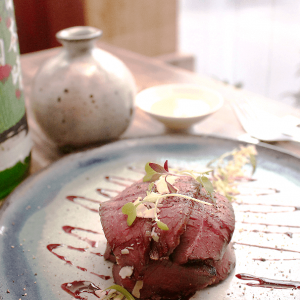
Ever wonder if sake can be served in a wine glass? Find out which vessels and accessories can be used interchangeably by the world’s most exciting beverage categories.
Sake Glasses – Modern vs. Historic
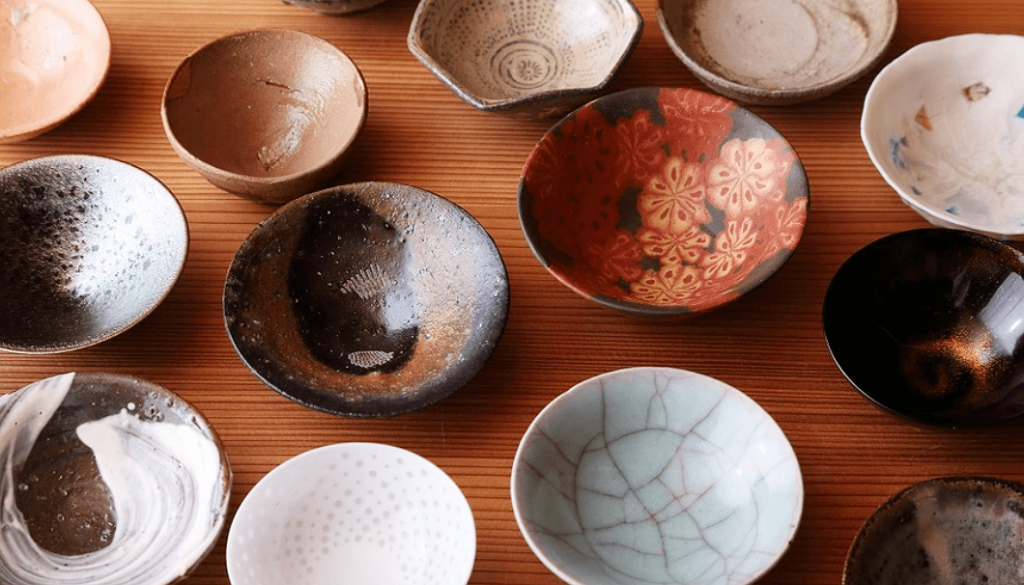
When contemplating the enjoyment of sake, most people think of traditional service with a tokkuri carafe and ochoko cup. Or they may picture those iconic square masu cups popularized in film. Does hot sake command its own set of machines and vessels? The wide array of sake cup styles can certainly provoke fascination… but also confusion.
A new sake consumer might think that before they buy a special bottle for a sushi-making party or a Japanese-themed work event that they’ll also have to buy an entirely new collection of glassware and tools.
Luckily, most wine glasses and products suit sake perfectly. While wine may not be a great fit for traditional sake vessels, sake easily crosses over with great success.
Wine and Sake Converge
While classic sake vessels are historic and directly tied to Japanese service customs, they are less appropriate for the enjoyment of premium sake.
In general, a good wine glass consists of a stem, bowl and tapered opening. The stem is part style and part function that allows the drinker to hold the glass without hugging the beverage and changing the temperature. The bowl of the glass is the perfect shape for swirling, and allows oxygen to interact with the wine and release aromas. The tapered top of the glass helps keep the aromas inside the bowl, so when a drinker puts their nose to the glass, they can experience the full complexity of aromas.

There is no argument that the experience of sake can be improved by drinking out of wine-like glasses. Famous glassware company Riedel took 8 years to develop a Junmai-specific glass reminiscent of a Burgundy glass, giving sake within room to open up. Jinen offers a Daiginjo glass with rounded sides to trap aromas, similar to a port or riesling glass, combined with a curved lip that accentuates the flavor by guiding liquid across the taste buds.
Tumblers are another great option and are all the rage in the wine world due to their elegant, yet casual appearance. They suit sake very well, bridging the concept of a simple sake cup that sits flat on a surface with a bowl that releases delicate aromas.
Service Vessels Taken Up a Notch
It is common to decant – that is, pour from a larger container into a smaller one – wines to provide aeration, but sake can also benefit from this process. When decanting a white wine, it can be difficult to keep the wine chilled enough without setting up an ice bucket for the decanter to sit in. This is risky and inconvenient for service. Pocket carafes are popular in the sake industry and provide an inverted space for ice that completely solves the temperature/aeration conundrum. These service vessels are perfect for ginjo-style sake and all types of white wine.
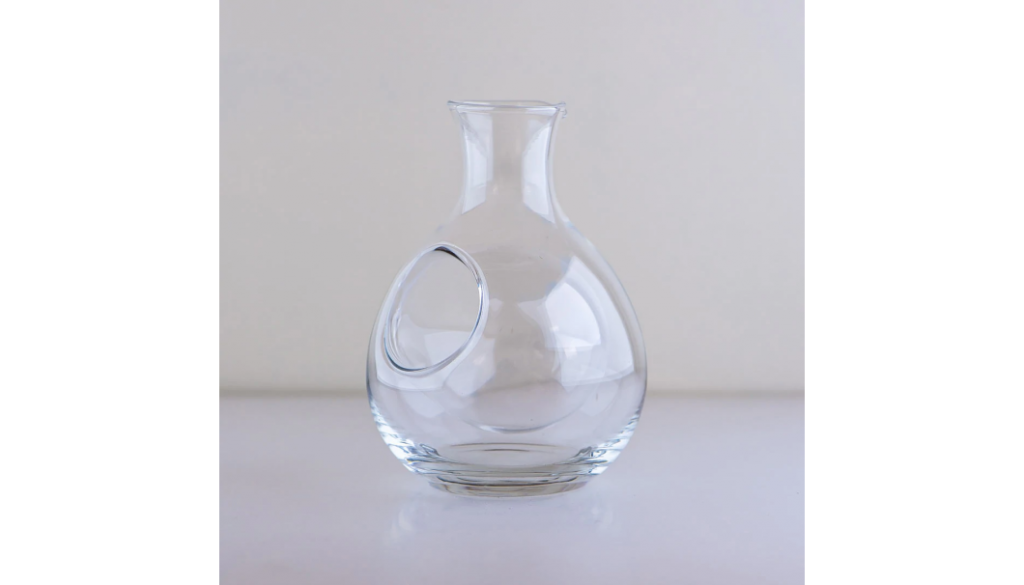
Another riff on this concept is this earthenware katakuchi pouring vessel that also has a space for ice. While it would be unusual to serve wine like this, a similar tradition exists in the country of Georgia where qvevri aged wines are served from clay jugs into small clay bowls for drinking. Circling back, cedar aged sake brews called taruzake are traditionally served in cedar masu cups. These types of cups are porous and allow the scent of cedar to enhance the beverage itself.
Sake and Wine Share More than Just Vessels
Sometimes it’s fun to deploy extra gadgets to appreciate a beverage. Instant Aerators can be used in lieu of decanter service, providing a more casual way to open up a wine or sake. When heating a sake, one might fall back on a proper sake warming machine. But it’s just as easy to use a heat-safe vessel on a stove top water bath. No matter how a person heats their sake, it’s always recommended to check the temperature during the process. Sake has a wide array of serving temperatures, so a sake thermometer is key to hitting the right temp.
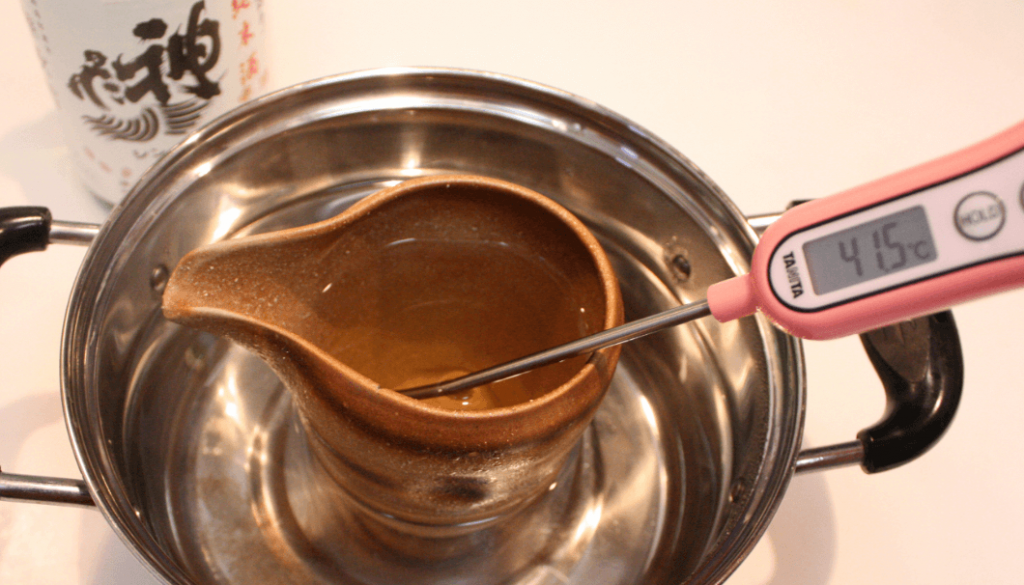
When serving wine, one would never serve it warmed, but knowing the actual temperature of a bottle can be very helpful in learning how to chill it for the appropriate amount of time. Wine snap thermometers wrap around a bottle and assess the temperature within, making it really easy to decide the right moment for pouring.
Preservation Systems: Keeping Beverages Fresh Over Time
Whether drinking a namazake immediately or enjoying an expensive red wine that requires hours to aerate, it’s usually better to consume a bottle the day it’s opened. If this isn’t possible, there are a few solutions that can help make a drink last, and the same preservation products can be used for both sake and wine.
Blanket systems like Coravin replace oxygen with argon gas by releasing the contents of the bottle without actually opening it. There are now specific product lines for cork, sparkling bottles and screw cap closures. These are a great choice for a single person who wants to open a vintage wine or a competition daiginjo they’ve been saving without the hassle of inviting guests over. This type of preservation allows the beverage to last up to four weeks.
Vacuum-style preservation products like Vacuvin are an ideal choice for the everyday drinker who may not want to polish off an entire bottle in a sitting. The accessory consists of a stopper that’s placed into the bottle and a handheld device that literally sucks the air out of the bottle to slow degradation of the product. Unlike a blanket system, this style of preservation removes the air via suction and doesn’t protect the wine with argon gas. Vacuum re-sealed wines are a more affordable way to keep a beverage fresh for an extra few days while stored in a fridge or cellar.

As connoisseurs recognize the similarities sake has with wine, they will continue to demand products that respect the complexity of the drink and its many variations. Whether it’s glassware, preservation systems or quirky drinking gadgets, the more wine and sake converge, the more a drinker can switch easily between the two and enjoy either – or both! – to their heart’s content.
*If you would like us to send you monthly updates and information, register here.


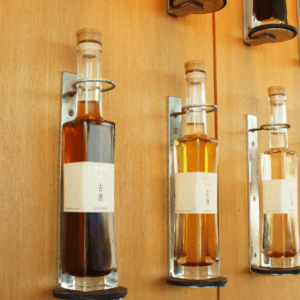


Comments